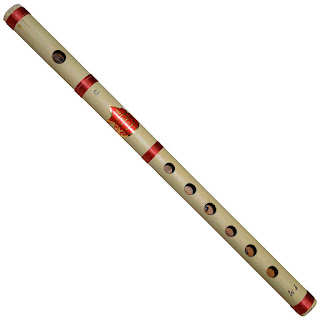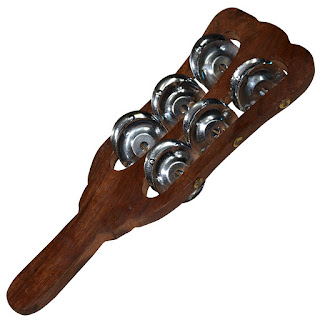DronaCraft Tara Buddha Head Sculpture Brass Wall Decor
Ever since we humans knew religion, the ‘Aadi Shakti’, the goddess
represented purity, fertility and prosperity. Mythology and religious
sentiments have always found association in Goddess statues. Most of the
religions including the so-called Pagan cults have adorned the sacred
feminine and this found vent in some of the most breath-takingly
sculpted goddess statues. They are considered luck charms. Our
collection of Goddess statues are intricately carved representations of
the sacred feminine spirit.
Brass, a perfect union of copper and zinc, is used since 500 BC. Our exquisite collection of brass statues captures the eternal, ethereal beauty of brass in timeless pieces of art. An art form that can enhance the ornate allure of interiors be it home, office or just about any place. No tastefully done interior is complete without a brass statue or sculpture. Connoisseurs place brass artwork in all together a different bracket, defined by no other art form. These religious statues are perfect imitation of our artisans skill.
Indian artisans make various types of brass artifacts, acclaimed as much for their beauty and strength of form as their utility. Highly skilled artisans, put in their greatest devotion to render- fine quality, impeccable finish and a graceful persona to the sculptures.
Brass, a perfect union of copper and zinc, is used since 500 BC. Our exquisite collection of brass statues captures the eternal, ethereal beauty of brass in timeless pieces of art. An art form that can enhance the ornate allure of interiors be it home, office or just about any place. No tastefully done interior is complete without a brass statue or sculpture. Connoisseurs place brass artwork in all together a different bracket, defined by no other art form. These religious statues are perfect imitation of our artisans skill.
Indian artisans make various types of brass artifacts, acclaimed as much for their beauty and strength of form as their utility. Highly skilled artisans, put in their greatest devotion to render- fine quality, impeccable finish and a graceful persona to the sculptures.






